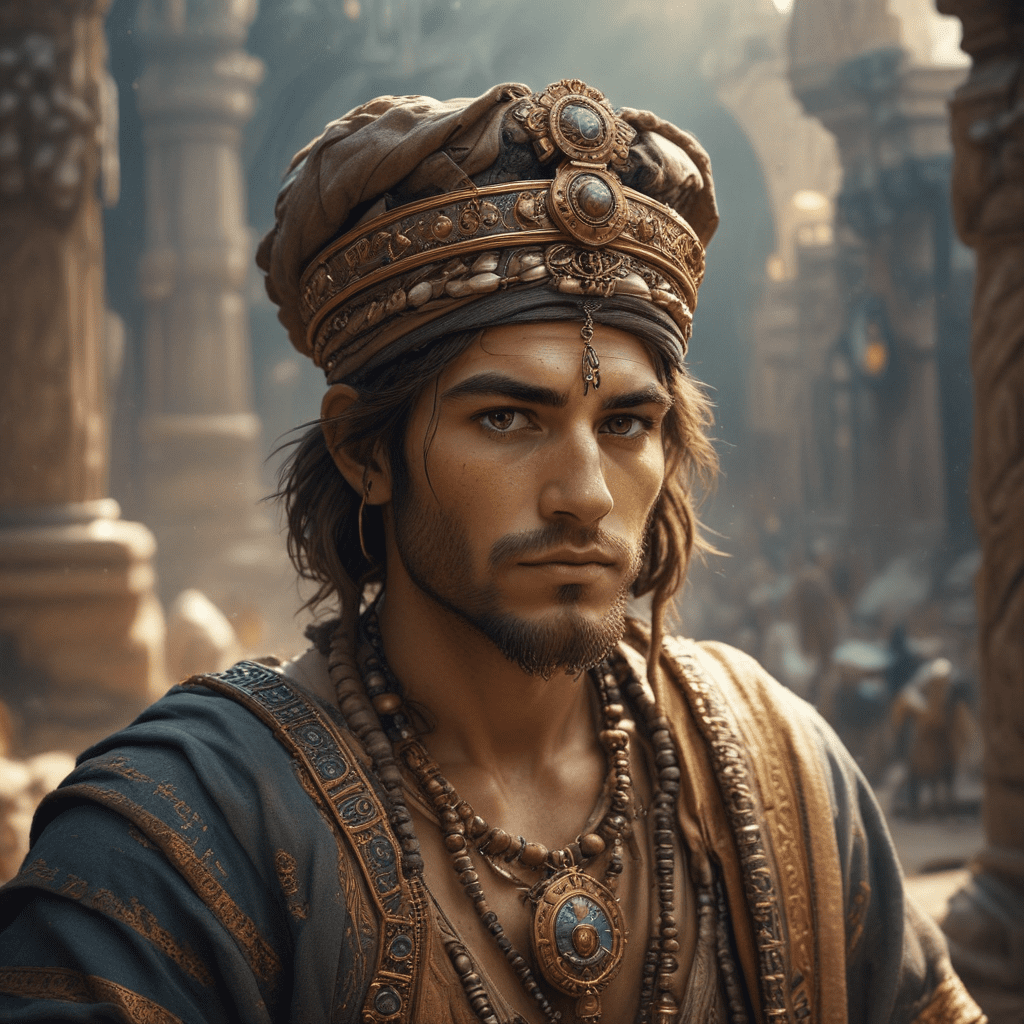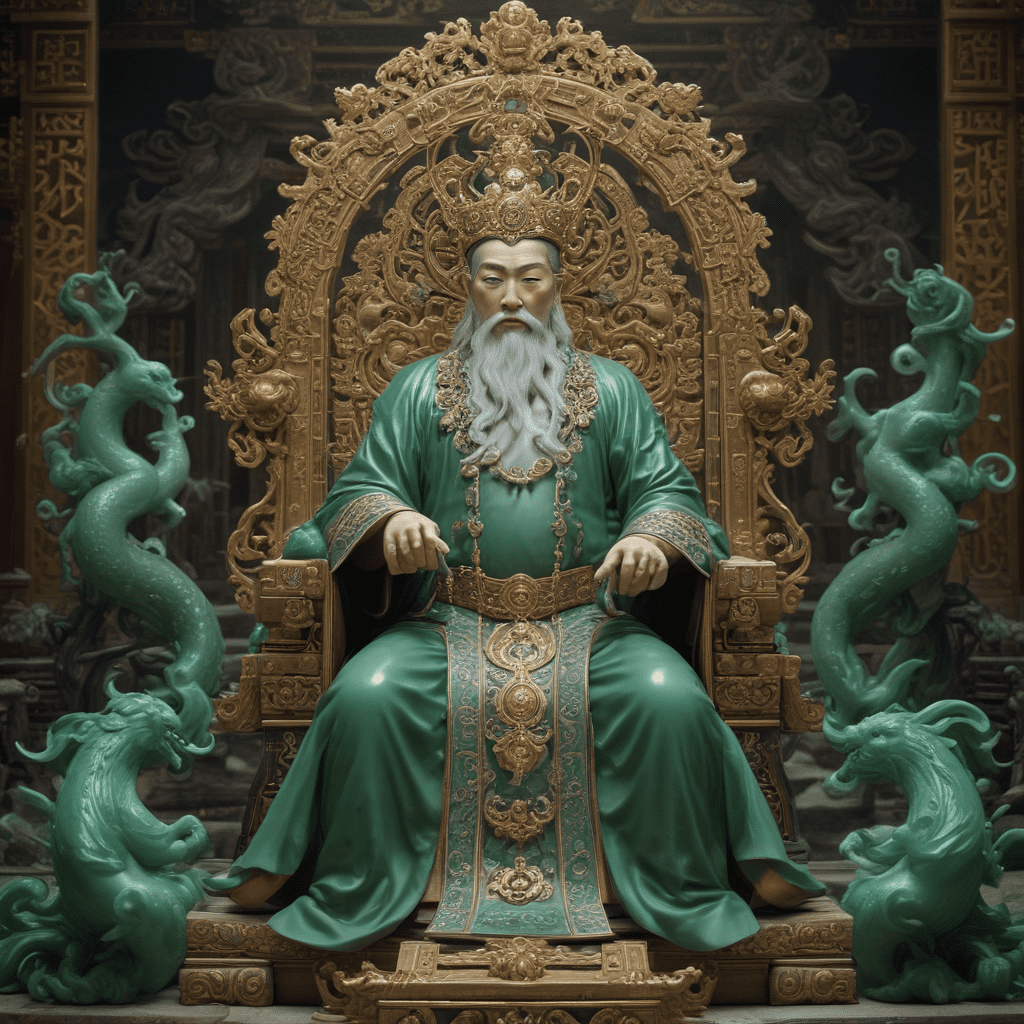The Myth of Kur: The Underworld in Mesopotamian Cosmology
1. Introduction
1.1. The Significance of the Underworld in Mesopotamian Belief
For the ancient Mesopotamians, the underworld, known as Kur, held immense significance in their belief system. It was not merely a place of darkness and despair, but a complex and multifaceted realm that played a vital role in their understanding of life, death, and the afterlife.
Kur was believed to be a subterranean world located beneath the earth's surface, separated from the world of the living by vast waters. It was a place of eternal darkness, where the sun never shone and the air was thick with dust and shadows.
Despite its ominous nature, Kur was not simply a place of punishment. It was also seen as a realm of judgment, where the souls of the deceased were weighed and their fates determined. The righteous were believed to enjoy a peaceful existence in Kur, while the wicked faced eternal torment.
1.2. Overview of the Myth of Kur
The myth of Kur is a complex and multifaceted narrative that has been passed down through generations in various forms. It tells the story of the underworld and its inhabitants, the journey of the dead, and the relationship between Kur and the upper world.
The myth is found in various Mesopotamian texts, including the Epic of Gilgamesh and the Descent of Ishtar. These texts provide insights into the beliefs and values of the ancient Mesopotamians, offering a glimpse into their understanding of death, the afterlife, and the nature of the universe.
6. The Myth of Kur and Its Influence on Mesopotamian Art and Literature
6.1. Depictions of Kur in Art and Architecture
The myth of Kur had a profound impact on Mesopotamian art and architecture. Representations of the underworld can be found in various forms, including sculptures, reliefs, and cylinder seals. These depictions often portray Kur as a dark and gloomy place, filled with demons and other terrifying creatures.
One of the most famous examples of Kur in art is the "Descent of Ishtar" relief, which depicts the goddess Ishtar's journey into the underworld. The relief shows Ishtar passing through seven gates, each guarded by a fearsome demon. As she descends deeper into Kur, she sheds her clothes and jewels, symbolizing the loss of power and status in the afterlife.
6.2. References to Kur in Literary Texts
The myth of Kur is also referenced extensively in Mesopotamian literature. The Epic of Gilgamesh, for example, tells the story of Gilgamesh's quest for immortality. During his journey, Gilgamesh encounters the underworld and speaks with the spirit of his deceased friend, Enkidu.
Other literary texts, such as the Descent of Inanna and the Erra Epic, also provide insights into the beliefs and values associated with Kur. These texts explore themes of death, judgment, and the relationship between the living and the dead.
7. Theories and Interpretations of the Myth of Kur
7.1. The Underworld as a Reflection of Mesopotamian Society
Scholars have proposed various theories and interpretations of the myth of Kur. One common view is that Kur reflects the hierarchical structure of Mesopotamian society. The underworld is divided into different levels, with the most powerful gods and demons residing in the deepest levels. This reflects the social hierarchy of the living world, where kings and elites held the highest positions.
7.2. Psychological and Philosophical Implications of Kur
The myth of Kur can also be interpreted from a psychological and philosophical perspective. The underworld can be seen as a metaphor for the unconscious mind, where our deepest fears and desires reside. The journey to Kur can be seen as a symbolic representation of the process of self-discovery and confronting our own mortality.
8. The Myth of Kur in a Comparative Context
8.1. Similarities and Differences with Underworld Myths from Other Cultures
The myth of Kur shares similarities with underworld myths from other cultures. In Greek mythology, for example, the underworld is known as Hades, ruled by the god Hades. In Egyptian mythology, the underworld is known as Duat, where the souls of the dead are judged by Osiris.
Despite these similarities, there are also significant differences between the myth of Kur and other underworld myths. For example, in Kur, the emphasis is on judgment and punishment, while in other myths, the focus is on rebirth or reincarnation.
9. Conclusion
9.1. The Enduring Legacy of the Myth of Kur
The myth of Kur has had a lasting impact on human culture and imagination. It has inspired countless works of art, literature, and film. The myth continues to fascinate and intrigue us today, offering insights into our own beliefs about death, the afterlife, and the nature of the universe.
9.2. The Importance of Studying the Underworld in Mesopotamian Cosmology
Studying the myth of Kur is essential for understanding Mesopotamian cosmology and belief system. It provides valuable insights into their understanding of life, death, and the relationship between the living and the dead. By exploring the myth of Kur, we gain a deeper appreciation for the rich and complex cultural heritage of ancient Mesopotamia.
FAQ
What is the significance of the myth of Kur?
The myth of Kur is significant because it provides insights into Mesopotamian beliefs about death, the afterlife, and the nature of the universe. It also reflects the hierarchical structure of Mesopotamian society and offers psychological and philosophical interpretations.
How did the myth of Kur influence Mesopotamian art and literature?
The myth of Kur had a profound impact on Mesopotamian art and literature. Representations of Kur can be found in sculptures, reliefs, and cylinder seals, while references to Kur are found in literary texts such as the Epic of Gilgamesh and the Descent of Inanna.
How does the myth of Kur compare to underworld myths from other cultures?
The myth of Kur shares similarities with underworld myths from other cultures, but there are also significant differences. For example, in Kur, the emphasis is on judgment and punishment, while in other myths, the focus is on rebirth or reincarnation.




